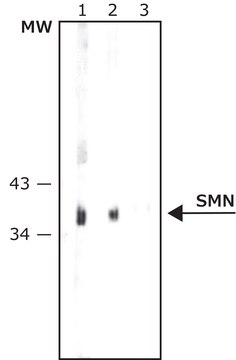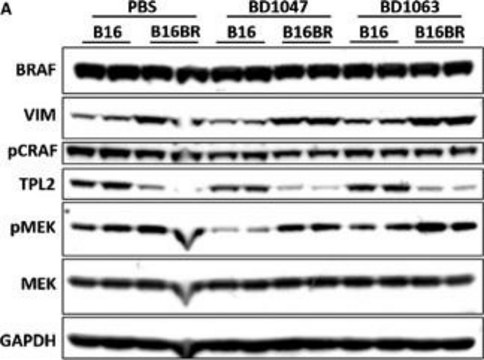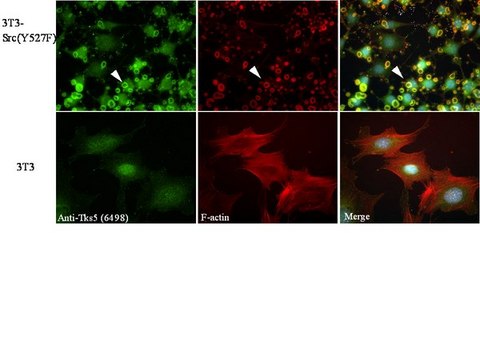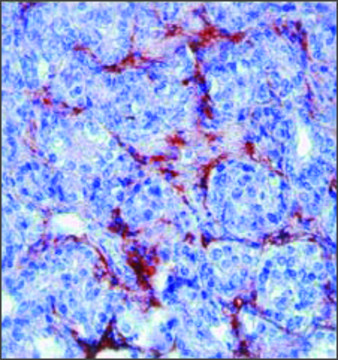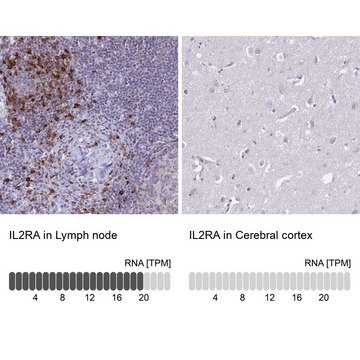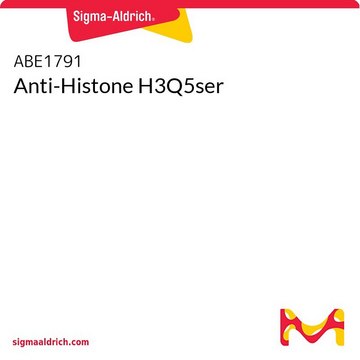MABN699
Anti-Metadherin Antibody, clone 2F11C3
clone 2F11C3, from mouse, purified by affinity chromatography
Synonym(s):
Protein LYRIC, 3D3/LYRIC, Astrocyte elevated gene-1 protein, AEG-1, Lysine-rich CEACAM1 co-isolated protein, Metadherin, Metastasis adhesion protein
About This Item
Recommended Products
biological source
mouse
Quality Level
antibody form
purified immunoglobulin
antibody product type
primary antibodies
clone
2F11C3, monoclonal
purified by
affinity chromatography
species reactivity
human
technique(s)
flow cytometry: suitable
immunohistochemistry: suitable
western blot: suitable
isotype
IgG1
NCBI accession no.
UniProt accession no.
shipped in
wet ice
target post-translational modification
unmodified
Gene Information
human ... MTDH(92140)
Related Categories
General description
Immunogen
Application
Flow Cytometry Analysis: A 1:200-400 dilution from a representative lot detected Metadherin in HeLa cells
Optimal working dilutions must be determined by end user.
Neuroscience
Developmental Neuroscience
Quality
Western Blotting Analysis: A 1:1,000 dilution of this antibody detected Metadherin in 10 µg of K562 cell lysate.
Target description
Physical form
Storage and Stability
Handling Recommendations: Upon receipt and prior to removing the cap, centrifuge the vial and gently mix the solution. Aliquot into microcentrifuge tubes and store at -20°C. Avoid repeated freeze/thaw cycles, which may damage IgG and affect product performance.
Note: Variability in freezer temperatures below -20°C may cause glycerol containing solutions to become frozen during storage.
Analysis Note
K562 cell lysate
Disclaimer
Not finding the right product?
Try our Product Selector Tool.
Storage Class Code
10 - Combustible liquids
WGK
WGK 2
Certificates of Analysis (COA)
Search for Certificates of Analysis (COA) by entering the products Lot/Batch Number. Lot and Batch Numbers can be found on a product’s label following the words ‘Lot’ or ‘Batch’.
Already Own This Product?
Find documentation for the products that you have recently purchased in the Document Library.
Our team of scientists has experience in all areas of research including Life Science, Material Science, Chemical Synthesis, Chromatography, Analytical and many others.
Contact Technical Service